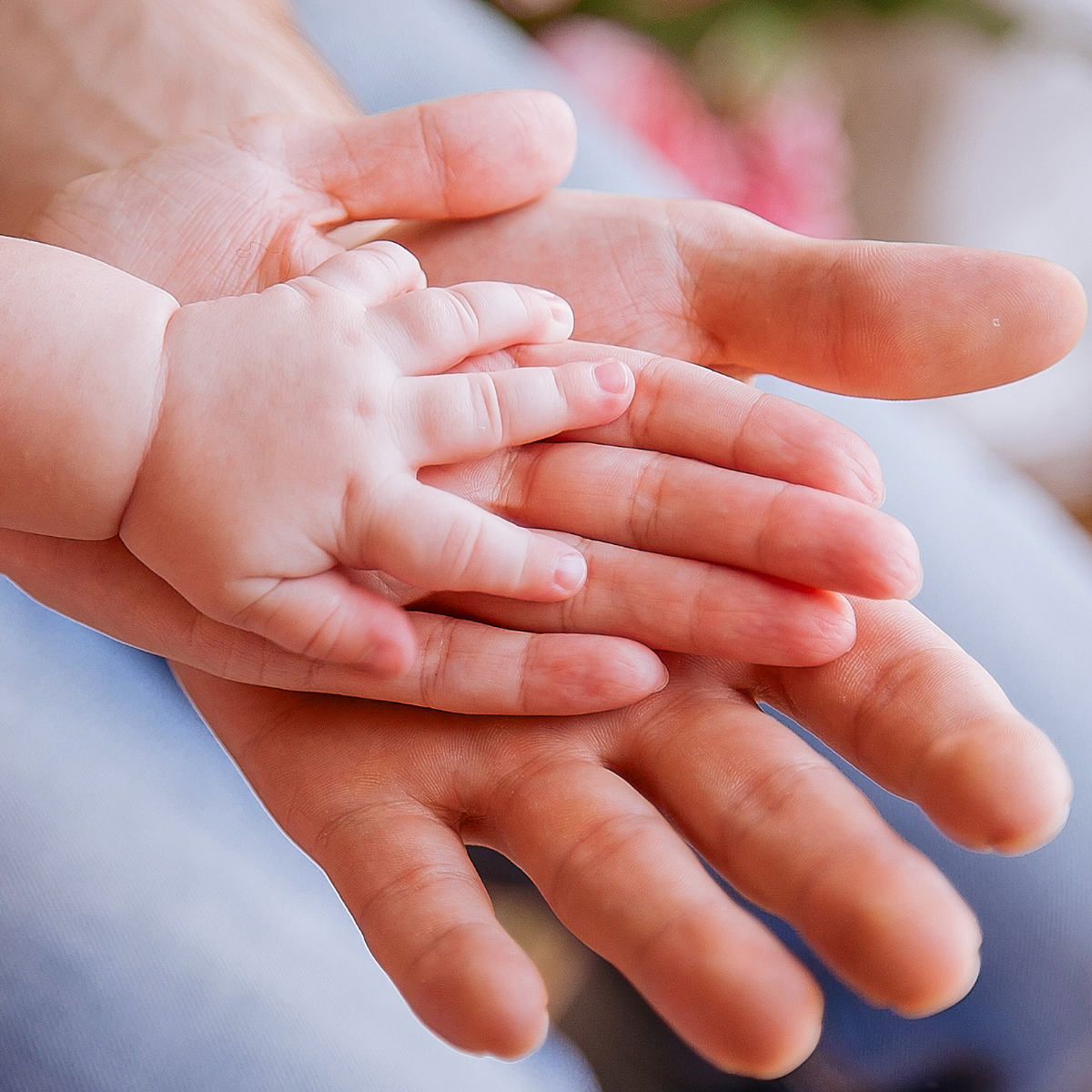Attachment Theory and Children’s Social Work Practice
According to Shemmings (2015), attachment theory is one of the most well-known theories used in child and family social work and is a popular lens through which social workers can assess parent-child dynamics.
Reference to attachment theory and social work dates back to the social worker, James Robertson who, through his work at the Tavistock Clinic with John Bowlby, put forward early empirical evidence for Bowlby’s ideas about attachment theory. Robertson’s evidence was gained from undertaking close observations of young children, who were highly distressed when having to go into hospital or foster care, meaning they were separated from their parents (Howe, cited in Holmes and Farnfield, 2014). Following on from the work of Bowlby and his colleagues, such as Robertson, researchers like Main and Solomon (1986) and Crittenden and Ainsworth (1989), transformed social workers’ thinking about the causes and consequences of child abuse and neglect (Howe, cited in Holmes and Farnfield, 2014).
Attachment theory has continued to play a fundamental role within social work as it has helped create invaluable links between children’s emotional development and behaviour and the quality of their relationships with their parent(s) and other attachment figures (Trevithick, 2005). Furthermore, research in attachment theory has helped social workers create ideas for how the effects of adversity in early life experiences, including separation and loss, can impact children’s developing minds, emotions and behaviour (Cocker and Allain, 2008).
Although Bowlby’s original ideas of attachment were perceived as hard-wired and fixed within the early years of life (Stacks, 2010), social workers now have access to new and ever-evolving research. For example, Bowlby initially identified the mother-child relationship or bond as being of most importance, but later revised his thoughts and gave prominence to the forming of attachments to other significant adults in a child’s life (Bowlby 1988, cited in Trevithick, 2005). For social workers working within diverse and transient cultures, for instance, in the United Kingdom, such changes to the early ideas of attachment are important to consider as the roles and dynamics within families are forever evolving.
As the Dynamic Maturational Model (DMM) is the only attachment theory based on observations of maltreating samples, and follows three decades of research on child protection populations (Crittenden 1981, 1998, 1999 and 2008, cited in Crittenden et al, 2013), it could be considered an important model for social workers because it defines attachment in a way that is relevant to families who harm their children (Crittenden et al, 2013). By drawing on the ideas and findings from many approaches to maladaptation, the DMM, unlike other theories, also addresses adaption and considers that in some context, all protective strategies should be seen to be a strength (Crittenden et al, 2021). Of potential significance to social work practice, fear in the ABC+D model has a dis-organisational effect on attachment category, whereas in the DMM, fear has a highly organising effect on attachment strategies (Holmes & Farnfield, 2014). This difference could be considered vital for child protection practice, with social workers needing to understand the impact of harm when children are exposed to behaviours and environments that evoke fear (including fear for their emotional, psychological and physical safety).
Food for thought:
As suggested by Shemmings (2015), is attachment theory one of the most well-known theories within children’s social work? If so, how confident are social workers with their understanding of the theory, and are they confident with using the theoretical ideas within their daily practice?
Are children’s social workers aware of the DMM, and if so, are they confident with applying the concepts within their daily practice?
If children’s social workers are not aware of the DMM, why not? Should all social workers not be trained in the basic concepts of the DMM considering it is the only attachment theory based on observations of maltreating samples?
I would love to know your thoughts….
References:
Cocker, C. & Allain, L. (2008) Social Work with Looked After Children. Exeter, Learning Matters Ltd
Crittenden, P. M., Farnfield, S., Landini, A, & Grey, B. (2013) Assessing attachment for family court decision making. Journal of Forensic Practice, 15 (4), 237-248
Crittenden, P. M., Landini, A., & Spieker, S. J. (2021) Staying alive: A 21st century agenda for mental health, child protection and forensic services. Human Systems: Therapy, Culture and Attachments, 1 (1), 29-51
Holmes, P. & Farnfield, S. (2014) The Routledge Handbook of Attachment: Implications and Interventions. East Sussex, Routledge
Shemmings, D. (2015) How social workers can use attachment theory in direct work. Available at: www.communitycare.co.uk/2015/09/02/using-attachment-theory-research-help-families-just-assess/
Stacks, A. M. (2010) Self-protective strategies are adaptive and increasingly complex: A beginner’s look at the DMM and the ABCD models of attachment. Clinical Child Psychology and Psychiatry, 15 (2), 209-214
Trevithick, P. (2005) Social Work Skills: a practice handbook. New York, Open University Press
